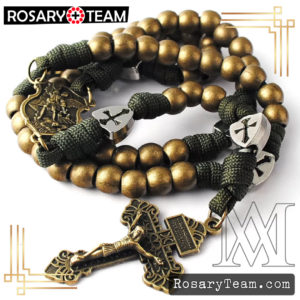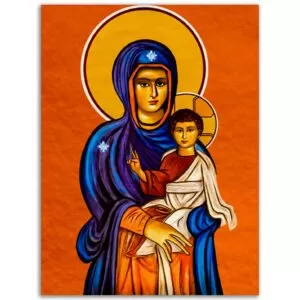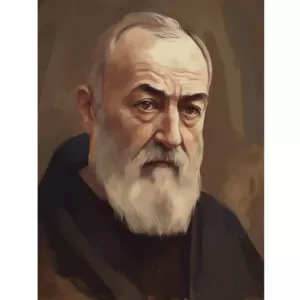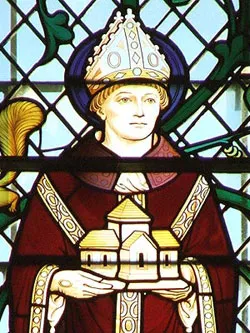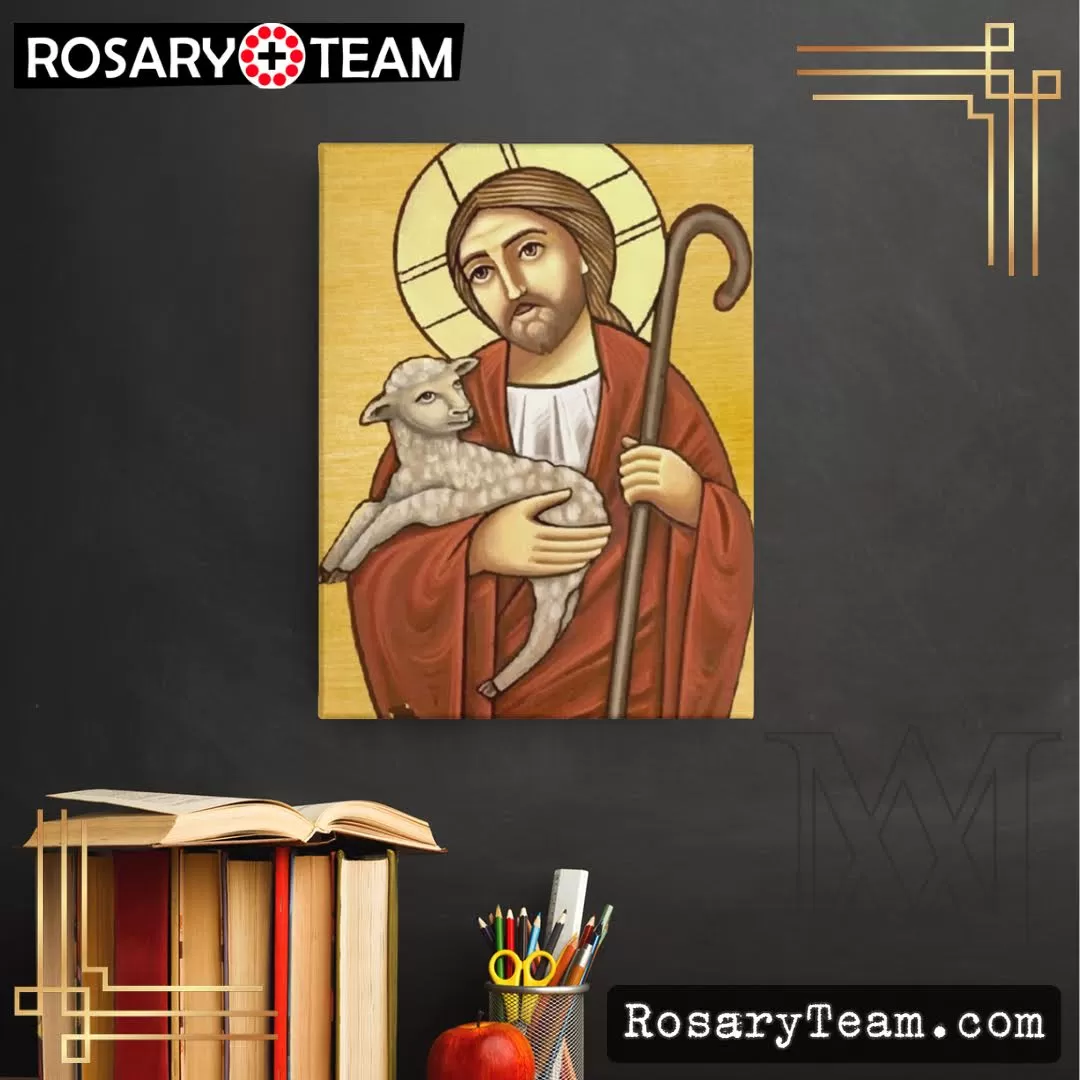SAINT BONIFACE

SAINT BONIFACE
Saint Boniface was born into a Christian family of noble rank about the year 680. Winfrid, his baptized name, was a very small boy when he found himself listening to the conversation of some monks who were visiting his home and he resolved to enter the Church. Winfrid went to the abbey of Bursling in the diocese of Winchester. At the age of thirty he was ordained priest, and now added preaching to teaching and administrative work.
In 718, with commendatory letters from the bishop of Winchester, he presented himself in Rome before Gregory II. The Pope welcomed him warmly, kept him in Rome until spring of the following year, when traveling conditions were favorable, and then sent him forth with a general
commission to preach the word of God to the heathen. At this time Winfrid’s name was changed to Boniface.
In Rome on Saint Andrew’s Day, November 30, 722, Pope Gregory II consecrated him as regionary bishop with a general jurisdiction over “the races in the parts of Germany and east of the Rhine who live in error, in the shadow of death.” The Pope also gave him a letter to the powerful Charles Martel, “The Hammer.” When Boniface delivered it to the Frankish duke on his way back to Germany, he received the valuable gift of a sealed pledge of Frankish protection. Armed with authority from both the Church and the civil power the prestige of Boniface was vastly enhanced. On his return to Hesse he decided to try to root out the pagan superstitions which seriously affected the stability of his converts. Boniface and one or two of his followers attacked with axes Thor’s sacred oak. These German tribes, along with many other primitive peoples, were tree worshipers. Thor, god of thunder, was one of the principal Teutonic deities, and this ancient oak were sacred. The huge tree crashed to earth and split into four parts. The tribesmen expected a
punishment to fall instantly on the perpetrators for such an act. They now saw that their god was powerless to protect even his own sanctuary. To signalize the victory, Boniface built a chapel on the spot.
Pope Gregory III sent Boniface the pallium in 731, appointing him archbishop and metropolitan of all Germany beyond the Rhine, with authority to found new bishoprics. In 741 the great Benedictine abbey at Fulda was founded in Prussia to serve as the fountainhead of German monastic culture. Its first abbot was Boniface’s young Bavarian disciple, Sturm or Sturmio. In the early Middle Ages Fulda produced a host of scholars and teachers, and became known as the Monte Cassino of Germany.
Boniface desired that Britain too should share in this reform movement. At his request and that of Pope Zacharias, the archbishop of Canterbury held a council at Clovesho, in 747, which adopted many of the resolutions passed in Gaul. This was also the year when Boniface was given a metropolitan see. Cologne was at first proposed as his cathedral city, but Mainz was finally chosen. Even when Cologne and other cities became archiepiscopal sees, Mainz retained the primacy. The Pope also made Boniface primate of Germany as well as apostolic legate for both Germany and Gaul.
While awaiting the arrival of the converts, Boniface was quietly reading in his tent. Suddenly a band of armed pagans appeared in the center of the encampment. His companions would have tried to defend their leader, but Boniface would not allow them to do so. Even as he was telling them to trust in God and welcome the prospect of dying for Him, the Germans attacked. Boniface was one of the first to fall; his companions shared his fate. The pagans, expecting to carry away
rich booty, were disgusted when they found, besides provisions, only a box of holy relics and a few books. They did not bother to carry away these objects, which were later collected by the Christians who came to avenge the martyrs and rescue their remains. The body of Boniface was carried to Fulda for burial, and there it still rests. The book the bishop was reading and which he is said to have lifted above his head to save it when the blow fell is also one of Fulda’s treasures.
Boniface has been called the pro-consul of the papacy. His administrative and organizing genius left its mark on the German Church throughout the Middle Ages. Among the emblems of Boniface are an oak, an axe, a sword, a book.
Saint Boniface, Martyr, Apostle of Germany. Feast Day is June 5.
rosary.team





